|
.木板铁皮、简桌折椅、粉面小炒咖啡茶。。。谁都无法抗拒这香港独有的饮食风情:铁皮档。它们是上一代人的星巴克,朝行晚拆,能屈能伸,家家都有几十年的故事。自香港政府停发牌照后,仅存的铁皮档越来越少,若你在石屎森林中遇见了它,赶紧去坐坐吧,这种老香港特色美味,恐怕以后都再难尝到了。我认为这种地道文化应予以保留,希望香港政府能重新发牌。大牌档是香港历史一部份,应该保留下来令全世界都知道。
中环一向是老饕觅食之地,多间老字号屹立。沿着威灵顿街往上环方向走,水记就隐蔽在小巷吉士笠街上的70年铁皮大牌档,典型排档设计,几张木枱、几排木櫈、台台凳凳都放在斜坡上。档口历尽70年风雨,靠的是一直使用新鲜牛杂的坚持。大家都知道这里是吃牛腩和牛杂的好地方。牛杂是下栏,在水记就是上菜,因为这里用的是罕见的新鲜牛杂,和坊间大多使用的雪藏牛杂,吃起来真有云泥之别。 Dai pai dongs or street hawkers in Hong Kong are a dying breed, passed down through generations but now a rare sight in the city. The city struggles to maintain the few for the sake of collective memories and the tourists that visit. They only congregate mostly in the Central district and in the street markets of Sham Shui Po. Dai pai dong means a lot to me, it's about Hong Kong's food culture. I've gradually come to regard the street-side food stalls with a tinge of nostalgia as more of these traditional eateries are being forced into extinction by a government eager to clean up the streets. Built from scrap-metal sheets, Sui Kee's 70-year old kitchen shack and six folding tables with stools sat on a sloping street off Gutzlaff Street in the city's Central District. The dai pai dong, its tables balanced precariously on the steep grade, was just a short walk from the gleaming heart of this global financial hub. Sui Kee specializes in cow offal served with noodles in broth. Deep-fried wontons are also popular options.
1 Comment
A visit to an old school dim sum place in Hong Kong is quite an unusual experience for the uninitiated. And with a touch of tension all built in, in this case, the Lin Heung Tea House in Central Hong Kong. If you are searching for that greasy hole in the wall serving up dim sum food, look no further. Lin Heung Tea House is one of the oldest tea-houses in Hong Kong and they are still serving dim sum and traditional recipes with no signs of slowing down.
Lin Heung Tea House has remained authentic in terms of both décor and recipes since opening in 1920. As the name “dim sum” implies, a table full of food shared in good company will “touch the heart.” Be prepared to shout over the table as this place does not shy away from noise. Step back into the 1930s with the old paintings, authentic hot water kettle and the ceiling fans. 来到香港,怎能不去饮茶吃点心?来到香港旅游,当然要品尝最经典的饮茶文化。虽然港式的一盅两件,推点心车的传统茶楼已经少见。 香港人饮茶,不单只是为了点心的美味,而已经是一种生活文化。周日的家庭活动、朋友叙旧,长辈们的闲聊场所,都是茶楼的功能。莲香楼是香港目前还保留了推车饮茶桌边服务的老式茶楼。到香港历史悠久的茶楼,莲香楼绝对占有一定的地位。除了拥有百年历史以外,其中还保留了传统的点心车,大姐们推著放满点心的车子,在茶楼里面叫卖,非常热闹。以前的港片里,出现的茶楼就是这种风格,这种老香港的风情,还是很吸引人的。 莲香楼位于中环的威灵顿街,它在上环还有一家分店 – 莲香居。两间茶楼的门口都挂上两个红红的大灯笼,非常古色古香。 Hong Kong is my favourite Asian city, and I visit it whenever I have a chance. With every visit, I discover a new face of the city.
I spent several days wandering its streets to find and capture striking shades and shapes, especially moments where the concrete is broken up by different details. Other images focus on the geometric shapes and contrasts created as the city’s skyscrapers jostle for position. I became especially fascinated by the scale of Hong Kong’s tower blocks, which house thousands of people, and I used street level perspective to draw attention to their size. The buildings’ towering presence is further emphasised by the minuscule clothes that dot the balconies, and the juxtaposition of nearby amenities. I wanted to present the exteriors of these buildings in opposition to their interiors. The goal was to highlight the light and delicate features. I really wanted to find new angles and perspectives through my lens. Honing in on bolts of brightness and panelling that wraps around the outside of buildings, this series of images reframe the city’s architecture. 这次来香港旅行,我看到的是一个全新的香港。这是另一个角度,它所谓的高楼林立,人群撺动,这只是一个现代城市的表象,从电影里看香港不是第一次,但绝对是特殊的一次。 在香港的光影之旅里,走过地铁、路过天桥,甚至是不经意的抬头望见林立的高楼,我都不禁想起某个场景,电影里的某个场景,所以像是时空穿梭,亦或是海市蜃楼。 总之,我愿迷失在这次的香港之旅。 As many of you know, I love Hong Kong. For me, nothing beats the energy and life of this amazing city. The dynamic landscape (that changes by the minute), the convenience, the hecticness and the diversity of cultures is what sets this city apart from the rest of the world. I used to go to Hong Kong at least three times a year, I even had a Hong Kong frequent visitor card. Sadly, that card has expired. I come back often and whenever I do, I feel a lot - memories, changes, what ifs, the lot. So I usually ride heavily on nostalgia, visiting every haunt and old-timer cuisine I can find to pen photo stories. Strangely, Hong Kong itself seems to be doing the same thing. It's very apparent that this city is changing: economic slump, political struggles, gentrification, and tensions between Hong Kongers and Mainlanders that I’ve read daily in the news. Typhoons are also a fact of life living in Hong Kong and like any bad weather system are unpredictable. Summer is typhoon season in Hong Kong, which can experience storms of such severity that the entire city shuts down. It was also reported that Hong Kong was left picking up the pieces last week after a battering by the biggest storm in five years.
People’s impression of Hong Kong is often centred around the dominating architecture and hectic, people filled streets, and what with so much looking up at the skyline it often takes a few days to focus on the multilayered and intricate cultural elements in the city. But this time round, I’m all about immersing myself in the day- to-day lives of the locals and see how the locals clear up a heavily damaged Hong Kong after the storm left behind a trail of destruction. I’m off to Hong Kong! See you all soon again. Till then, pls take care and stay happy. Every city tells its own unique story by the street art it has. I am a big fan of it, because it’s made for everyone and like each and every piece of art, there is always a message to reflect upon. Singapore Funan IT Mall was closed for a complete overhaul. But if you walk by there now, you might do a double take: the hoardings are covered in graffiti. A local artist teamed up with the mall to make the hoardings his personal canvas. It's so nice to see some public art in the otherwise all-business part of town.
I’m not sure how my street art obsession began but it was definitely at some point during my travels, when my creativity was sparked and my mind opened up enough to explore what I had until then considered messy scribbles. Or maybe I just fell in love with the irreverence and rebelliousness I sensed behind those scribbles. Suffice it to say that the mere act of travel helps open up my mind to new forms of art - a creativity and curiosity fueled by the different sights and lifestyles. As I travel, whenever I walk down a street and see splashes of color covering up an otherwise drab wall, I’ll stop and take a picture, imagining hooded youngsters slinking around at night, with paints and brushes and cans under their jackets, furtively slingling brush strokes at cement. I’ll probably be wrong about the image – but I won’t be wrong about loving what I see. |
Author
|

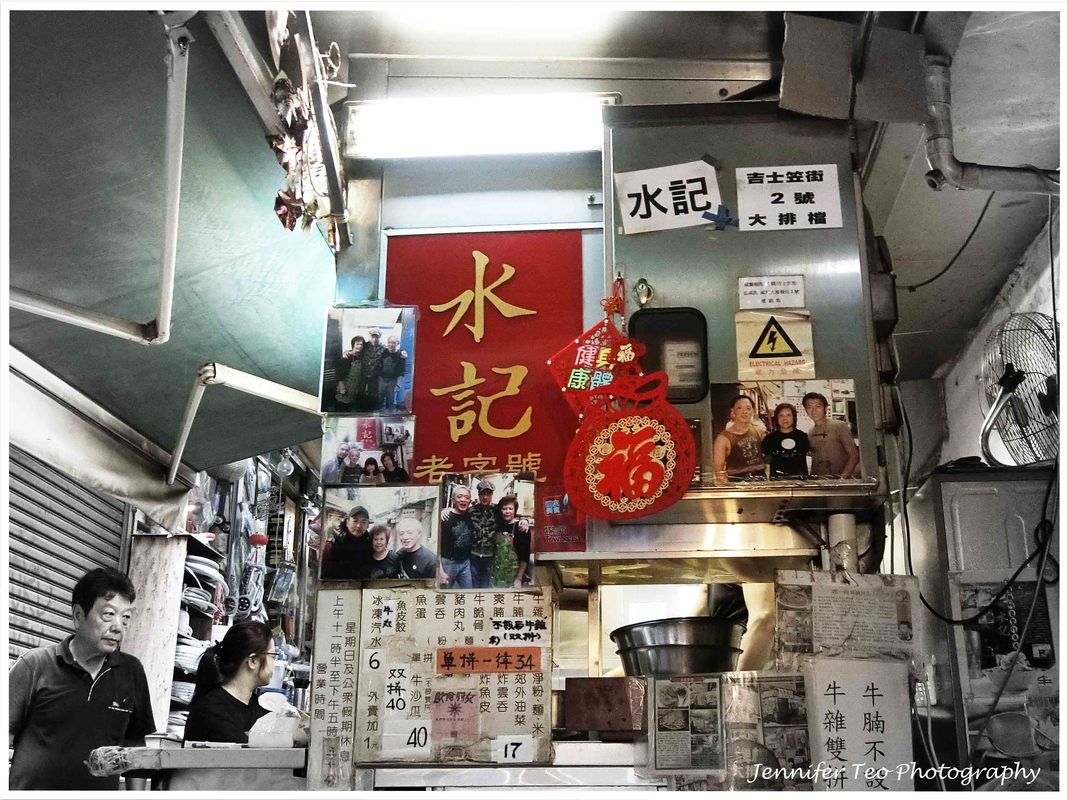
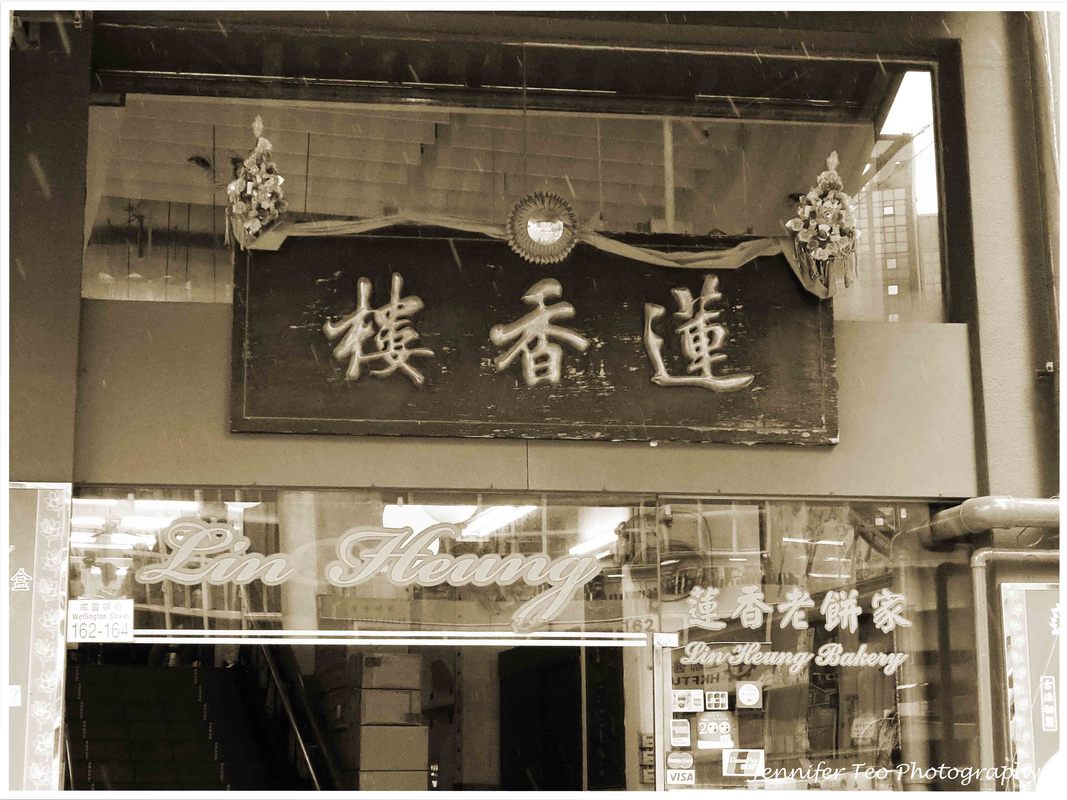
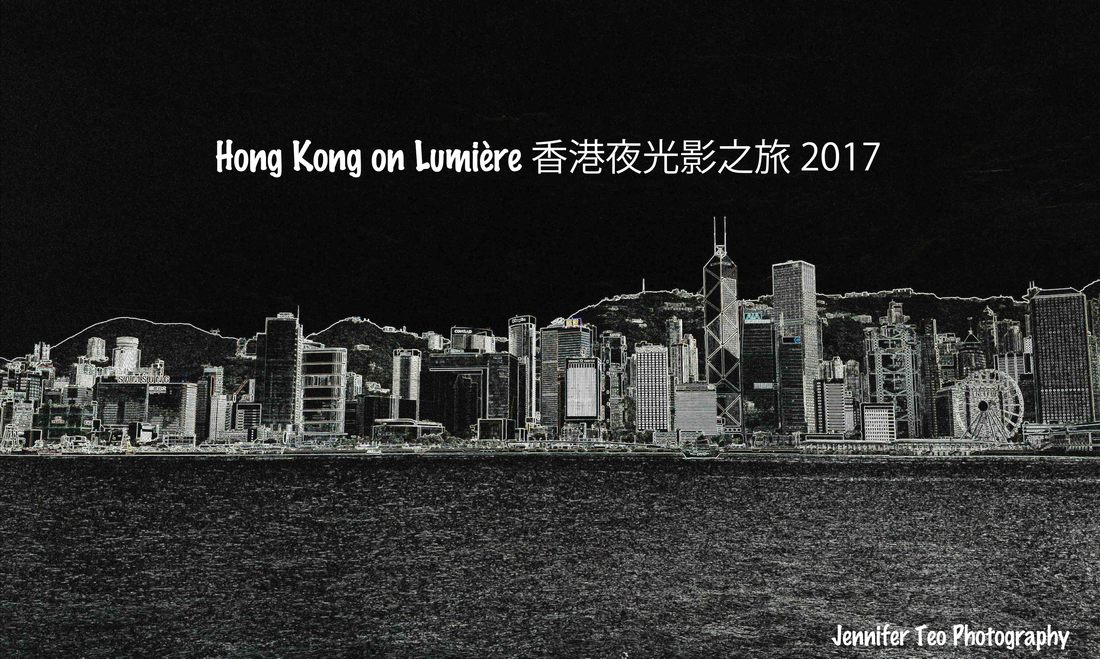
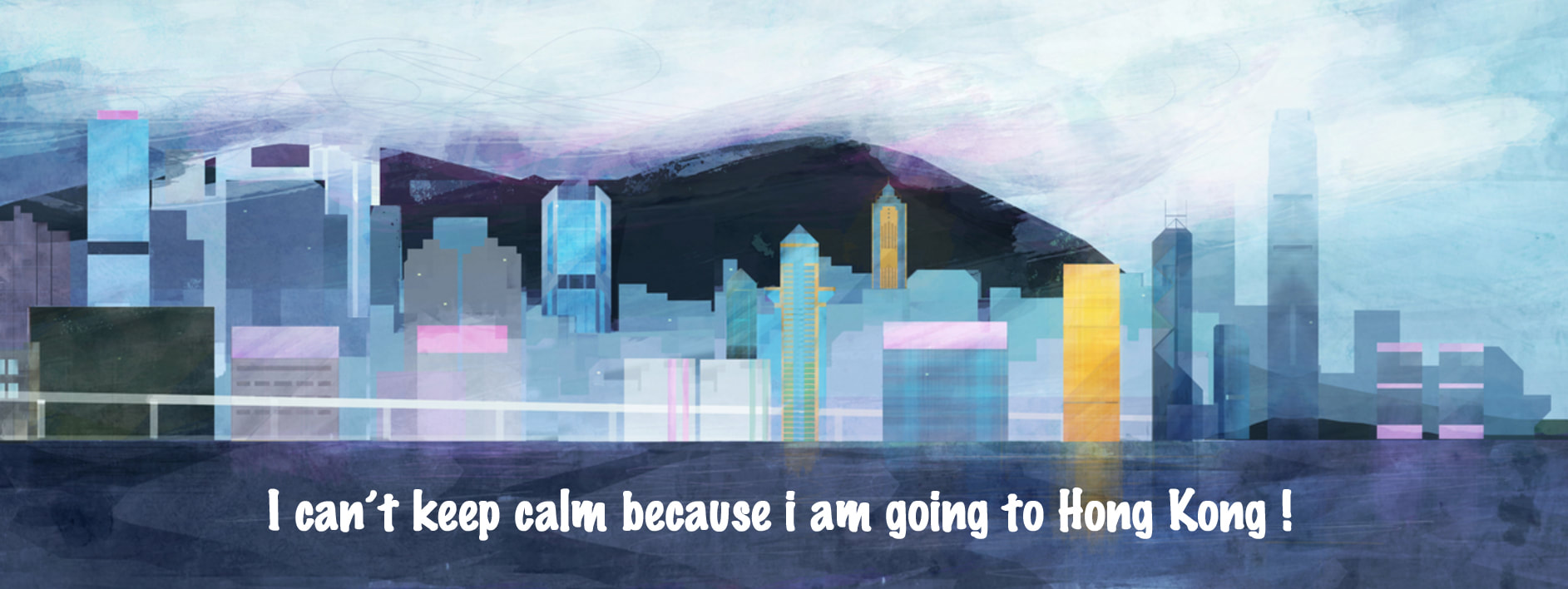
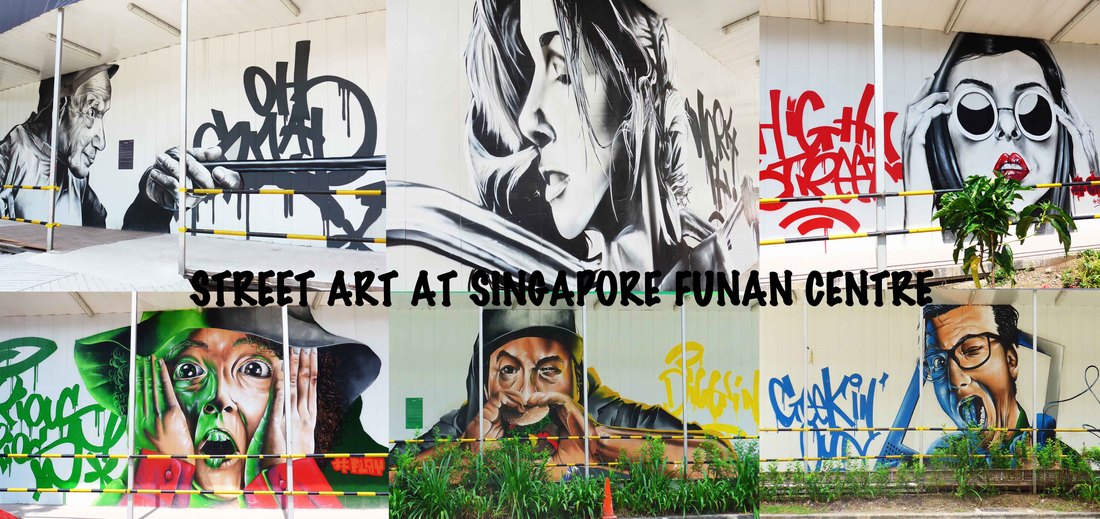

 RSS Feed
RSS Feed






